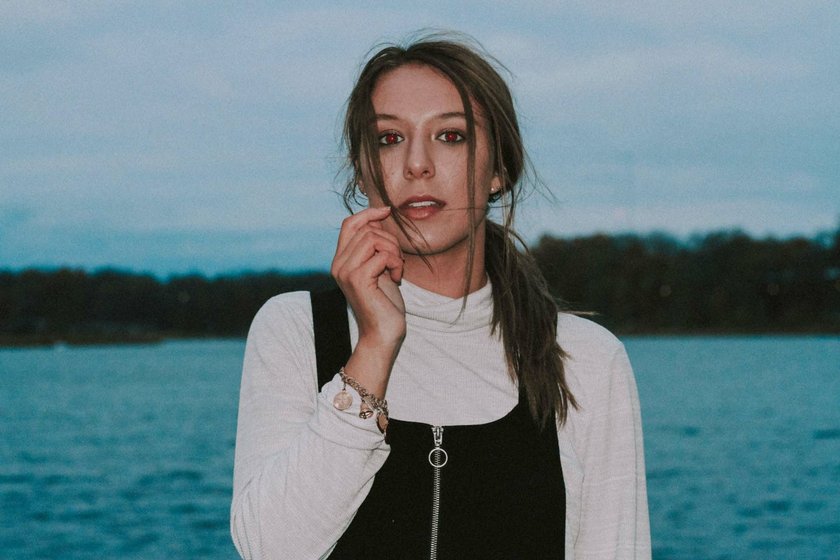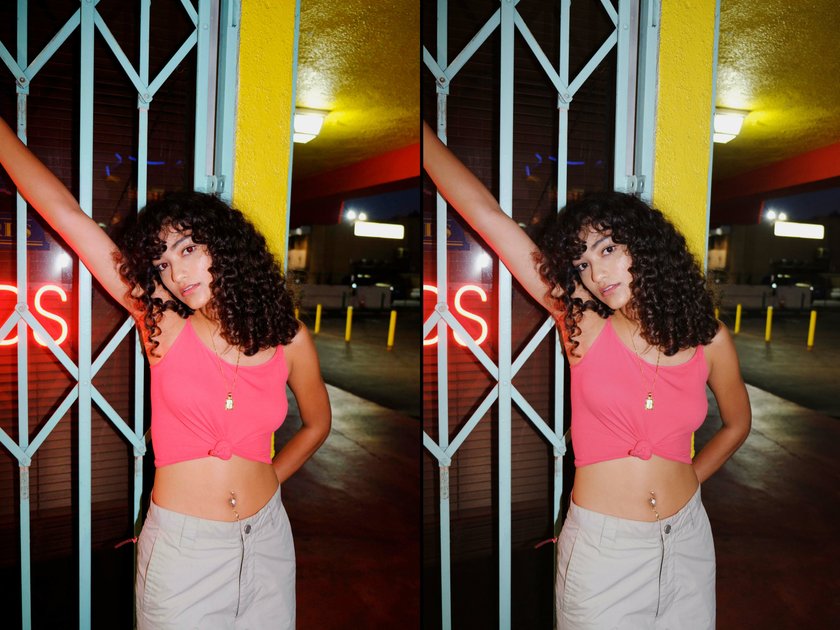Ever taken a photo and noticed that people's eyes look red? It's pretty weird, right? You take a nice picture with your friends or family, and instead of normal eyes, there are red dots staring back at you. It's a common thing that happens in photos, but why does it happen? It's not magic or anything spooky; it's actually pretty interesting.
Let's get ready to find out what's really behind this red eye effect in your photos. No hard words, just a fun and easy explanation coming up!
Causes of Red-Eye Effect
Let's talk about what causes red eyes in photos. This phenomenon has a scientific basis that's quite intriguing. It's all about the interplay between your camera's flash and the human eye. When you take a photo with a flash, especially in low light, the light from the flash enters the eyes of your subjects. Our eyes, designed to adapt to varying light levels, sometimes can't adjust quickly enough to the sudden brightness of the flash.
In dim settings, our pupils enlarge to let in more light. When the camera's flash goes off, it reflects off the back of these dilated pupils, where there's a rich network of blood vessels. This reflection is what causes the red appearance in the photo.
So, understanding the red-eye effect isn't just about the flash itself; it's also closely related to the environmental lighting and the natural response of our eyes in low-light conditions. Knowing this can help you avoid those eerie red glows in your pictures!
Advanced yet easy-to-use photo editor
Get Luminar Neo NowPrevention Techniques
Understanding of the red eyes in pictures meaning leads us to some effective ways to prevent this creepy effect in our photos. One key strategy is the use of ambient lighting. If you can, try to take photos in well-lit areas or use additional light sources. This reduces the need for a flash and helps keep pupils smaller, thus minimizing the chance of red eye.
Another important tip is to avoid using direct flash. If your camera allows, angle the flash upwards or use a diffuser. This redirects the harsh light away from the subjects' eyes, reducing the reflection that causes red eyes.
Positioning your subjects can also play a big role. Ask them not to look directly at the camera or to gaze slightly to the side. This slight change in angle can prevent the flash from reflecting directly off the retina, thus avoiding red eyes.
Lastly, explore your camera settings. Many modern cameras have a red-eye reduction mode. This feature emits a pre-flash that causes the subject’s pupils to contract before the actual picture is taken, reducing the likelihood of red eyes. By implementing these strategies, you can significantly reduce the chances of red eye and improve the overall quality of your photos!
Editing Red Eye with Luminar Neo
Have you ever had red eyes in a photo? Luminar Neo's AI red-eye remover can fix that easily! When a camera flash bounces off the back of someone's eye, it can make their eyes look red, weird, or even a bit scary. Luminar Neo knows exactly where the eyes are and fixes them with just one click. You can even adjust how much fixing you want!
But can it fix red eyes in black-and-white photos? No, because those tools need the red color to work, and black-and-white photos don't have any color.
Exclusive Tools of Endless Possibilities in One AI Editor
EXPLORE NOW!When you use Luminar Neo to fix red eyes, the eyes still look normal and natural. The tool is smart enough to get rid of the red without messing up the rest of the eye's color. And don't worry; fixing red eyes won't make the rest of your photo look weird.
Now, let's talk about making your portraits look amazing with Luminar Neo. There's this cool feature called Studio Light AI. It lets you make lighting in your photos look like it was done in a professional studio. You can make it look like sunlight is shining through a window or create other cool lighting effects. This is especially great for pictures of people!
And for editing faces, Luminar Neo is super easy to use. With its portrait editing tools, you can make eyes sparkle, lips colorful, and skin smooth. The best part? It's all done automatically with AI, so you don't have to be a pro to make it look good. You can even change the background or add a dreamy look to your photos easily!
So, Luminar Neo is not just for fixing red eyes. It's a great tool for making all your portraits look like they were taken by a pro, thanks to its AI features!
Conclusion
So there you have it! Red eyes in photos might seem strange at first, but now you know it's all about the flash from your camera interacting with our eyes in low light. It's not spooky or magical; it's just science. Remember, preventing red eyes is pretty straightforward with the right techniques, like using ambient lighting, avoiding direct flash, and adjusting your camera settings.
But if red eyes still sneak into your photos, tools like Luminar Neo's AI red-eye remover have got your back. And that's not all – Luminar Neo can do wonders for your portraits, making them look professionally lit and edited with ease!
Speaking of photo fixes, have you ever struggled with closed eyes in your pictures? We've got another post that dives into how to fix closed eyes in a photo. It's full of tips and tricks that can save those otherwise perfect shots!
And for those of you looking to step up your game in front of the camera, don't miss our post on how to become photogenic. It's packed with helpful advice to make you shine in every snap.
So, whether it's understanding and preventing red eyes, fixing closed eyes, or learning to pose like a pro, we've got plenty of insights waiting for you. Be sure to check out these posts for more photography tips and tricks!
Happy photographing!





